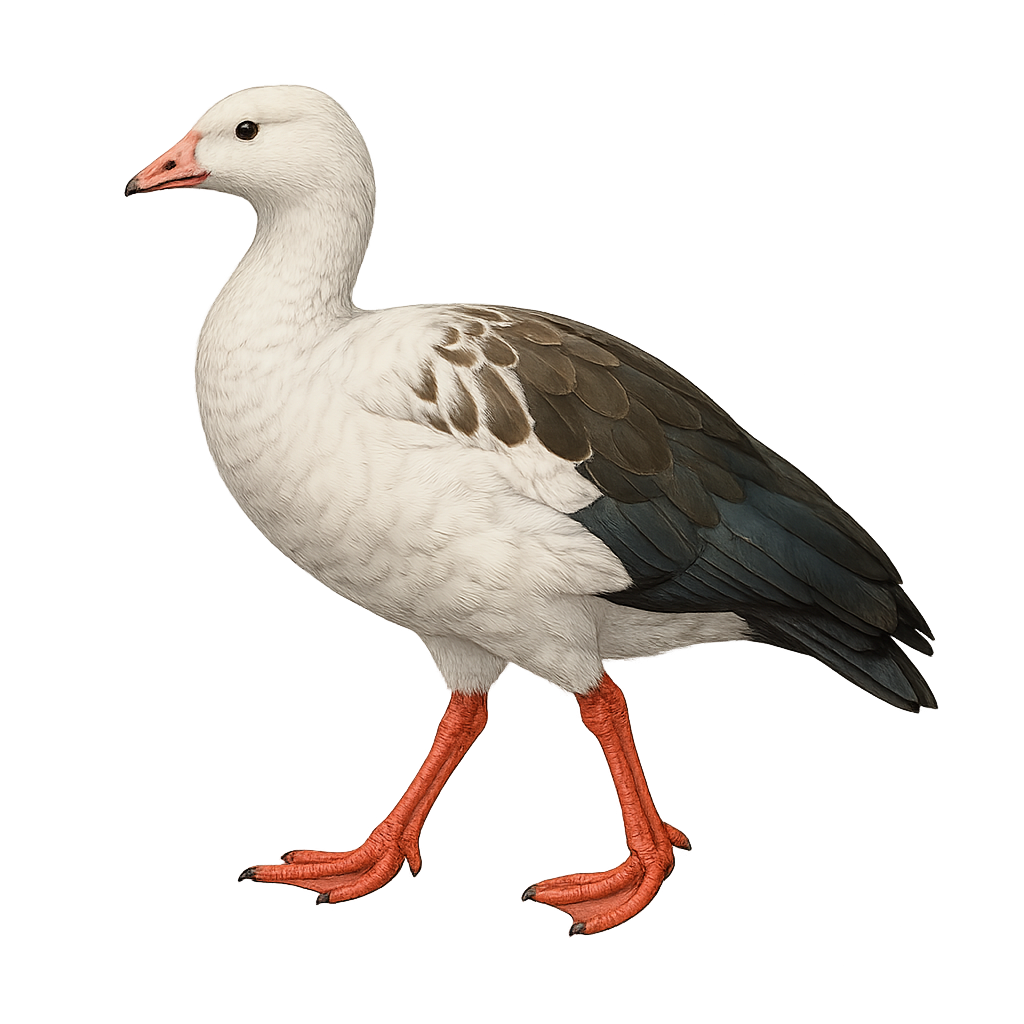Your wildlife photography guide.
Explore the andean goose in detail, study its behavior, prepare your shots.
Where to observe and photograph the andean goose in the wild
Learn where and when to spot the andean goose in the wild, how to identify the species based on distinctive features, and what natural environments it inhabits. The WildlifePhotographer app offers tailored photography tips that reflect the andean goose’s behavior, helping you capture better wildlife images. Explore the full species profile for key information including description, habitat, active periods, and approach techniques.
Andean Goose
Scientific name: Oressochen melanopterus

IUCN Status: Least Concern
Family: ANATIDAE
Group: Birds
Sensitivity to human approach: Not very shy
Minimum approach distance: 10 m
Courtship display: March to April
Incubation: 22-24 jours
Hatchings: March to May
Habitat:
High-altitude lakes, marshes, alpine meadows
Activity period :
Primarily active during the day, with peak activity in the morning and late afternoon.
Identification and description:
The Andean Goose, or Chloephaga melanoptera, is a striking bird of the Andes, known for its black wings contrasting with its white plumage. It inhabits mountainous regions of South America, mainly in Peru, Bolivia, Chile, and Argentina. This robust bird is well adapted to high altitudes, often seen near high-altitude lakes and marshes. Andean Geese are monogamous and form lifelong pairs. They primarily feed on aquatic vegetation and grasses. Their behavior is generally not very shy, allowing for easy observation. However, their remote and challenging habitat makes study more complex.
Recommended lens:
400 mm – adjust based on distance, desired framing (portrait or habitat), and approach conditions.
Photography tips:
To photograph the Andean Goose, focus on areas near high-altitude lakes where they often gather. Use a telephoto lens of at least 400mm to capture details without disturbing them. The best light is found early in the morning or late afternoon when the sun is low and provides a beautiful golden light. Be patient and discreet to avoid disturbing their natural behavior. A tripod can be helpful to stabilize your camera, especially if using slower shutter speeds.
The WildlifePhotographer App is coming soon!
Be the first to explore the best nature spots, track rutting seasons, log your observations, and observe more wildlife.
Already 1 431 wildlife lovers subscribed worldwide

